Cupping: Medicinal or Medieval?
At first glance, massage Cupping does look odd, maybe even medieval. However, it can be medicinally effective for treating both acute injuries and chronic pain and tension.
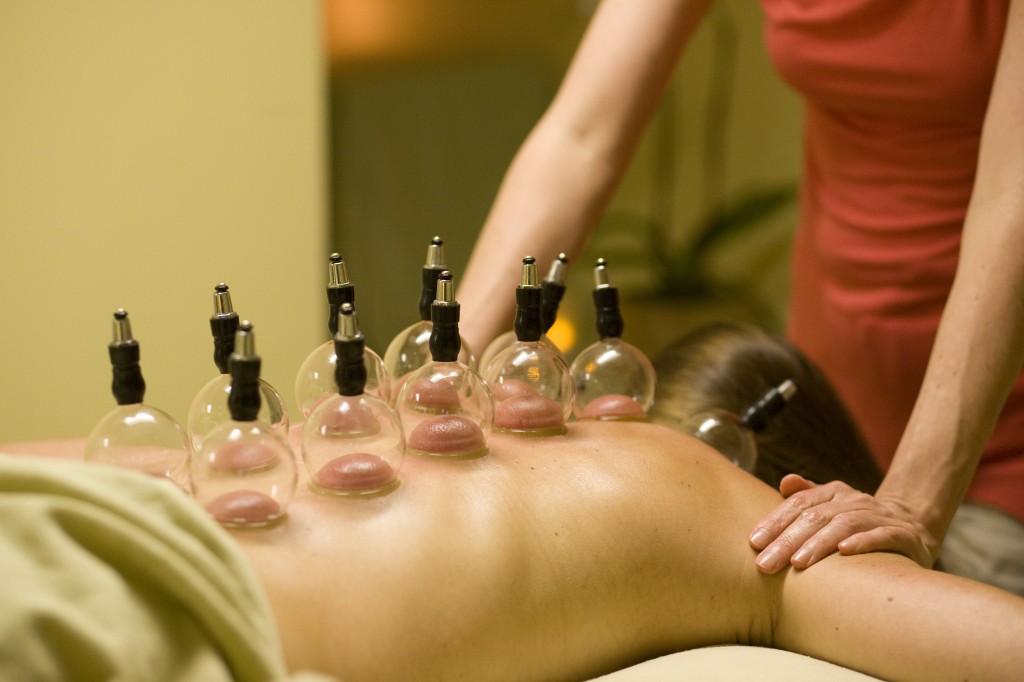
What are some of the Benefits of Cupping Therapy?
Cupping Therapy, also known as Negative Pressure Massage, has many benefits.
These include:
- Reduction of Pain
- Increased flexibility and range of motion
- Decreased scars and adhesions in tissues.
- Relieves inflammation
- Stretches connective tissue & muscles.
- Calms the nervous system
- Moves stagnation and drains congested fluids
- Bring fresh blood and lymph to areas that need healing
- Fever reduction and faster recovery from a cold or flu.
What are the historic roots of Cupping?
For over 3500 years, Cupping has been used for health and medical purposes in various human cultures. Egyptian hieroglyphic show the oldest demonstrations of the use of Cupping Therapy. The first written of use of Cupping was documented by famous Taoist alchemist and herbalist, Ge Hong in the third century AD. Even in ancient Greece, Hippocrates recommended Cupping for many health conditions. Most of the research and documentation of the effectiveness of Cupping had been done by the Chinese, where it is used regularly in government-sponsored hospitals of Traditional Chinese Medicine.
Ancient Cupping tools were made of hollowed out animal horns, bones, bamboo, shells and gourds. Then, people began to sculpt cups out of clay and metal before the invention of glass. Today’s cups are primarily made of glass, some are made of plastic, and others are made of silicone or rubber.
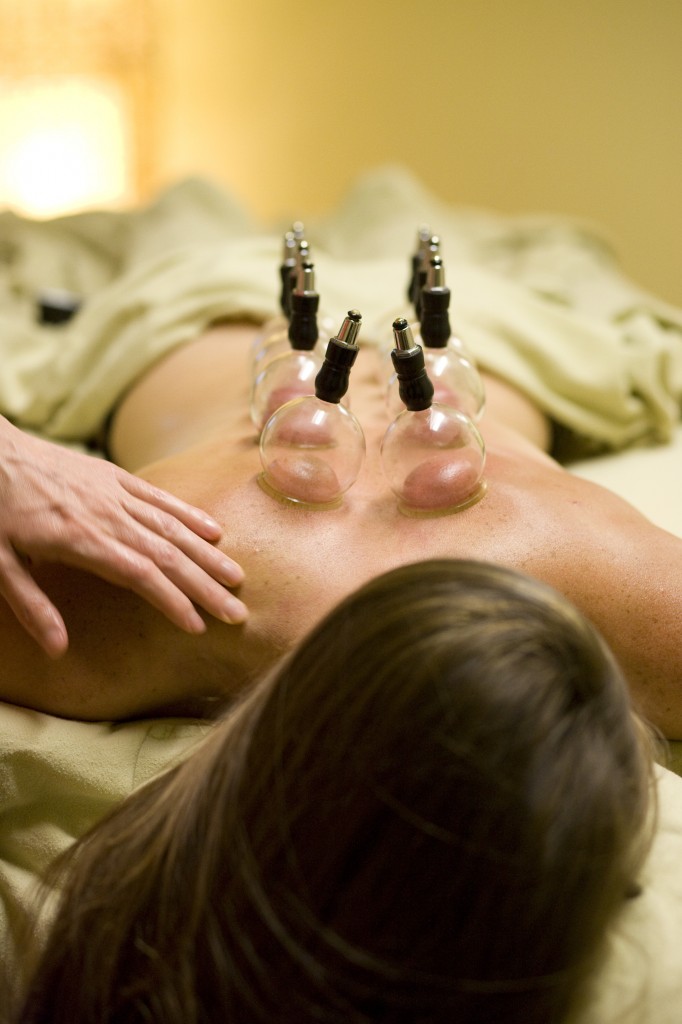
How does therapeutic massage Cupping work?
Cupping works by creating a suction, or negative pressure, that draws fresh blood and lymph to the tissue. It also breaks up adhesions in the connective tissue and muscles, permitting more movement and flexibility.
What does a Cupping Treatment look like?
Massage Cupping is performed on bare skin that has cream, ointment or oil applied to it to aid the seal of the cup. Cupping can be done with the cups remaining stationary or by gliding the cups over the tissues. With stationary cupping, the cups usually remain on one spot between 5-10 minutes. With sliding cupping, the gliding continues until the stagnation in the tissue surfaces or when the client requests a break in friction. In the past, the cup suction was always created using fire, which consumed the oxygen in the cup and created a vacuum. Although Fire Cupping is still used today, in my practice, I use special cups that do not require fire and use a pump instead.
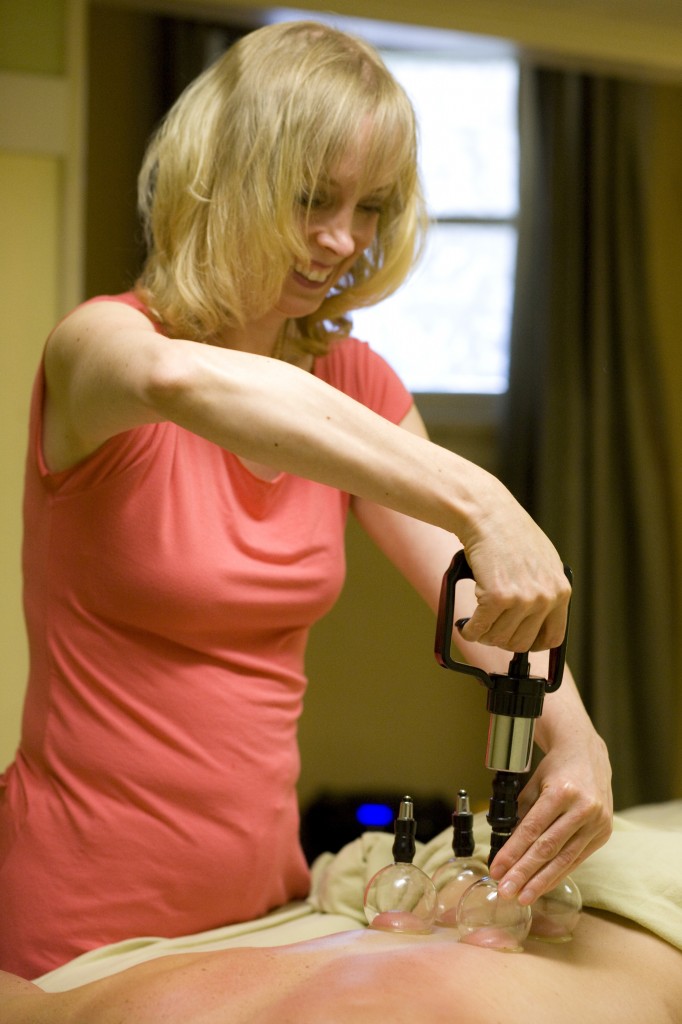
What does Cupping feel like?
Massage clients have a wide variety of sensational experiences with Cupping Therapy. Some people quite enjoy the sensation of Cupping. Most people find cupping intense, but tolerable, especially because the benefits can be quite remarkable. Stationary Cupping tends to be more comfortable than gliding cupping, but the discoloration tends to last a bit longer. Normally, the first time someone receives Cupping is the most intense. However, with further treatments, intensity decreases and the tissue becomes more healthy and the sensation associated with cups become connected with the experience of relief one gets afterwards.
What are some of the possible side-effects of Cupping?
With Dynamic massage Cupping, the most tangible side effect is the appearance of discolored marks that look similar to a hickey or a bruise.
Also, since Cupping brings stored toxins up for processing, it can be normal to experience soreness for a couple of days while the toxins process and are carried out of the body. This soreness is similar to the soreness you experience after an intense workout, or a milder form of the unprocessed ache from the original injury.
Most soreness passes within 1-3 days, and most discoloration fades within 1-7 days.
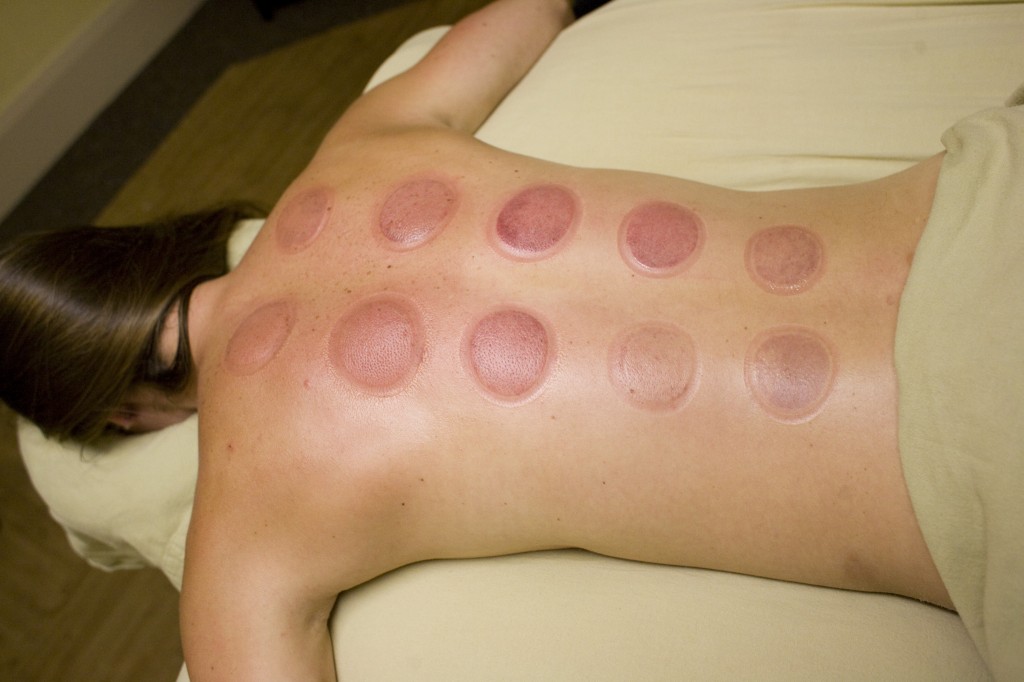
What causes the Cupping discolorations?
Despite their appearance, these marks ARE NOT BRUISES. Bruises are caused by blunt force or trauma that breaks capillaries. Bruises come from impact into the tissue, massage cupping uses negative pressure to pull the trapped force outward. The discoloration that surfaces with Cupping is because toxins, blocked Chi (energy), and stagnant fluid and blood that have been trapped in the tissue is being drawn out and up for processing and healing. Sometimes marks can be light pink and at other times dark purple, depending on the age and severity of blockage or original trauma.
Is it possible to receive massage Cupping just for relaxation and avoid the marks?
Yes, massage Cupping can be used with less suction, creating a mild traction to the surface tissue and skin. The cups and then slowly passed in a gliding fashion across the tissue. This type of Cupping is used for general wellness and relaxation and focuses more on bringing better circulation of lymph and blood to the skin. This type of massage Cupping is normally practiced more within a spa environment. I can perform this milder form of cupping on request, or if you want to more gently try cupping, but are not ready to try dynamic Cupping Treatment that may result in discoloration.
Is there anyone who should NOT receive therapeutic massage Cupping?
Cupping should not be performed on areas that have severe edema, for people who are hemophiliacs or have leukemia, and for certain types of dermatosis. Although it can be performed on pregnant women, it should not be performed on the lower abdomen, sacral-lumbar region or inside leg.
How much do you charge for Therapeutic Massage Cupping?
I do not charge any additional fee for Cupping. When indicated, it is a complimentary service included in any massage therapy session booked. For information on my massage fees, please click here for my RATES.
To see a more personal account of my experience of Cupping, please read my column in the Ashland Local’s Guide.
If you have any further questions about Cupping that have not been answered here, please feel free to contact me at info@cocreativehealing.com or 541-497-0717.
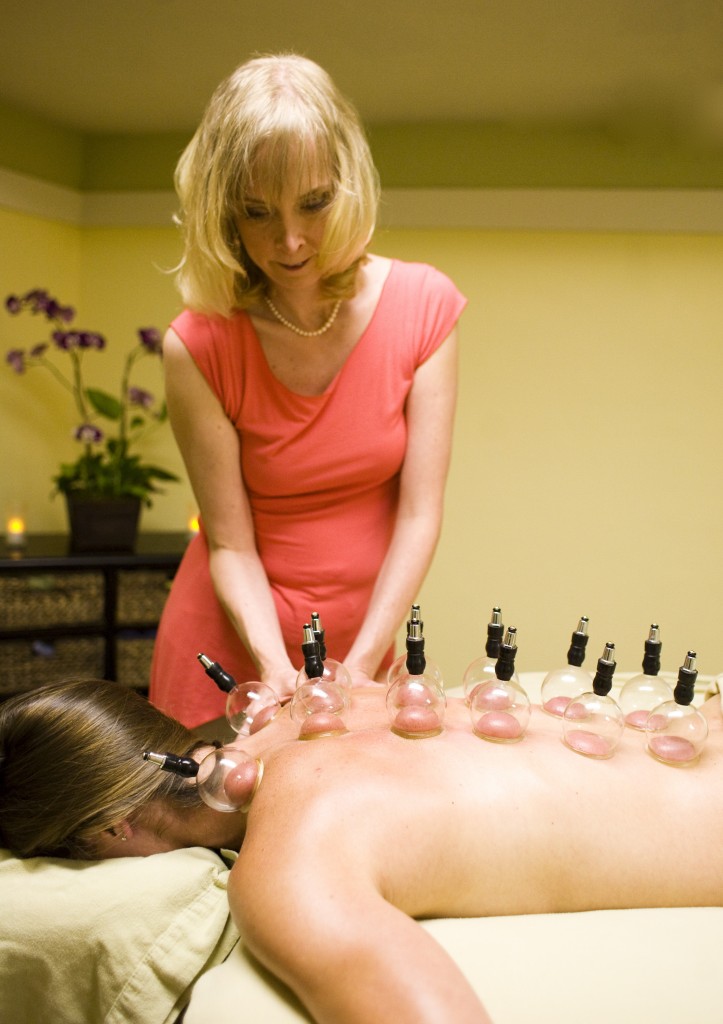
Stephanie Shrum is a Licensed Massage Therapist and Bodyworker in Ashland, OR
Disclaimer Information on this site is provided for educational and informational purposes only. It is not intended to be any substitute for any medical advice. If you suspect or have a medical condition, you should consult with your health care practitioner. The information provided is not intended to diagnose, treat, cure, or prevent any disease.

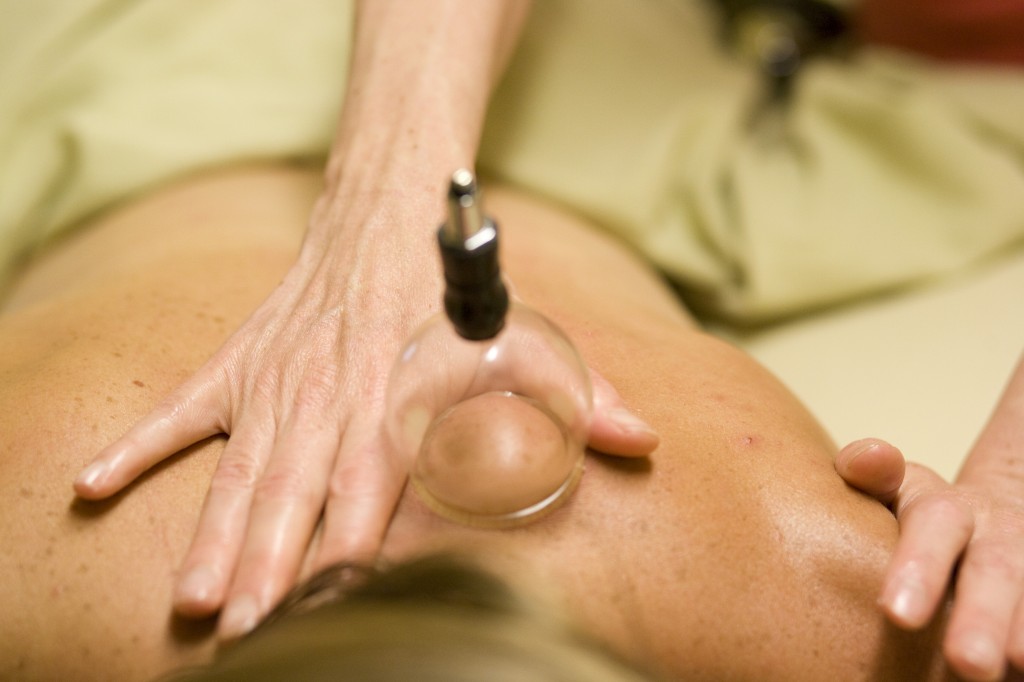

The Massage Company
May 10, 2018 at 11:51 amWhat great info! A lot of people are turned off by cupping, or believe that only professional athletes do it. This is a great explanation of how anyone can benefit from this therapy technique. Thanks for sharing. >> http://billingsmassagetherapists.com/types-of-massage-therapy/